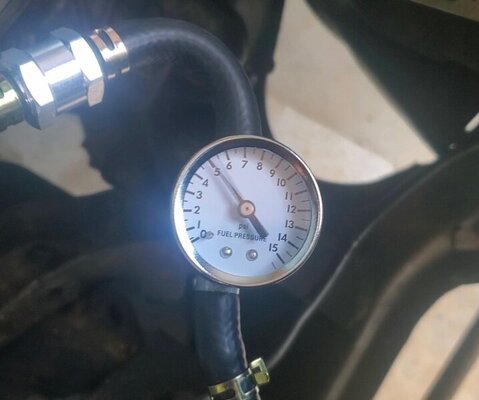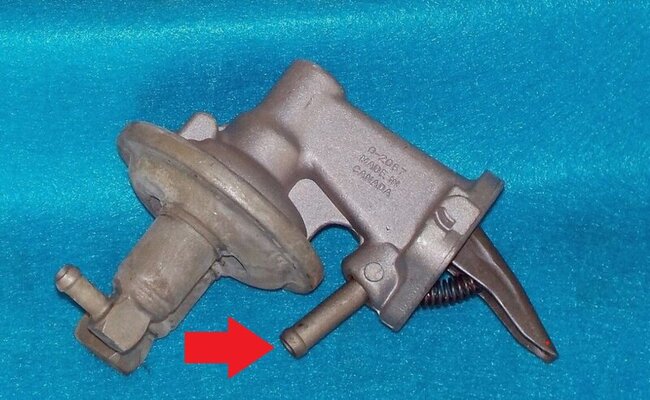French demon
Well-Known Member
Hi all
My 198 slant starts very easily and fast when hot, but when it has been shut off for a couple of days, I have to crank several times to get it back to life. The time required for the mechanical pump to refill the fuel line and the carb bowl.
I planned to install an electric fuel pump, but I would like to try an alternative and easier solution : a "one-way" valve (or "non-return" valve) on the fuel line. It's cheap and very easy to install.
But is it efficient? Will it prevent the fuel line from emptying (or will the gasoline evaporate anyway?)..? And where's the best location to install it on? Just before the fuel filter?
A typical "one-way" valve :
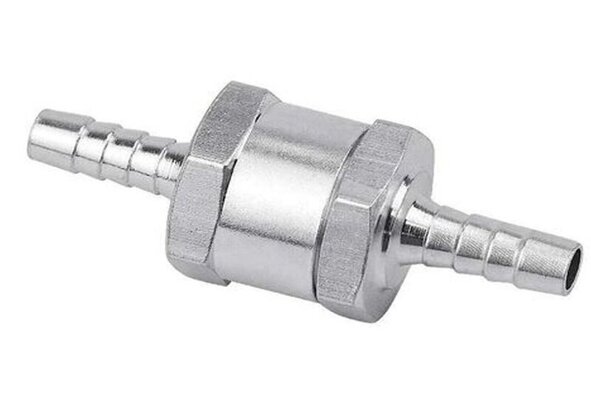
François
My 198 slant starts very easily and fast when hot, but when it has been shut off for a couple of days, I have to crank several times to get it back to life. The time required for the mechanical pump to refill the fuel line and the carb bowl.
I planned to install an electric fuel pump, but I would like to try an alternative and easier solution : a "one-way" valve (or "non-return" valve) on the fuel line. It's cheap and very easy to install.
But is it efficient? Will it prevent the fuel line from emptying (or will the gasoline evaporate anyway?)..? And where's the best location to install it on? Just before the fuel filter?
A typical "one-way" valve :

François
Last edited:

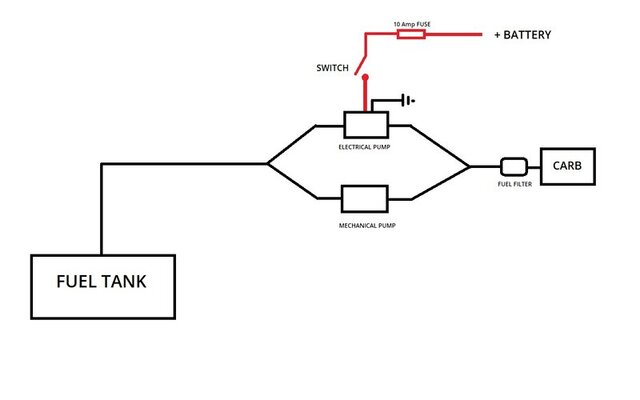
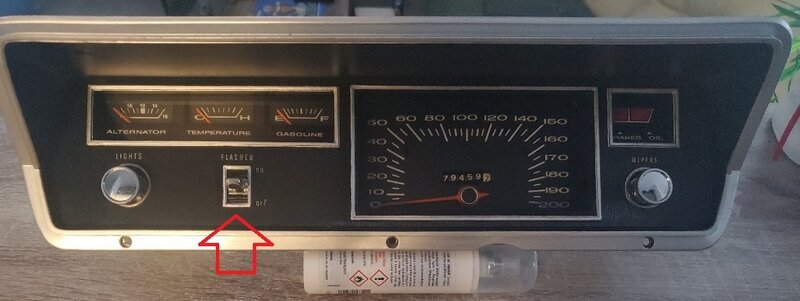

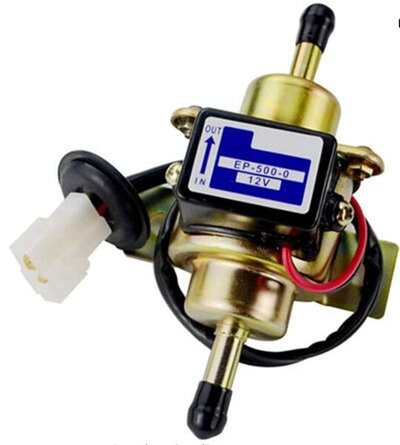
 for all, Sirs
for all, Sirs